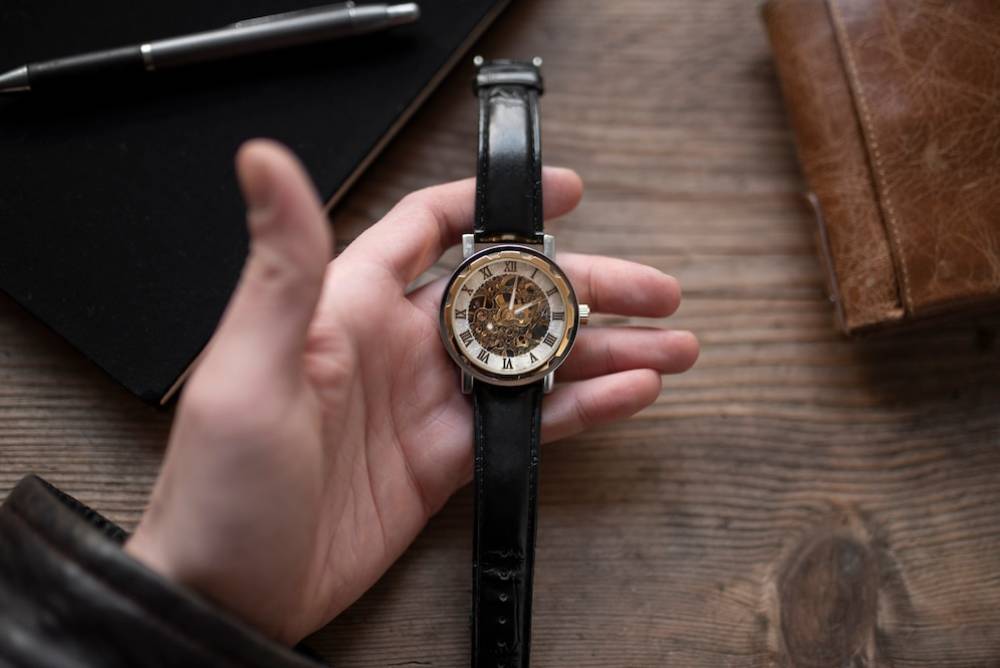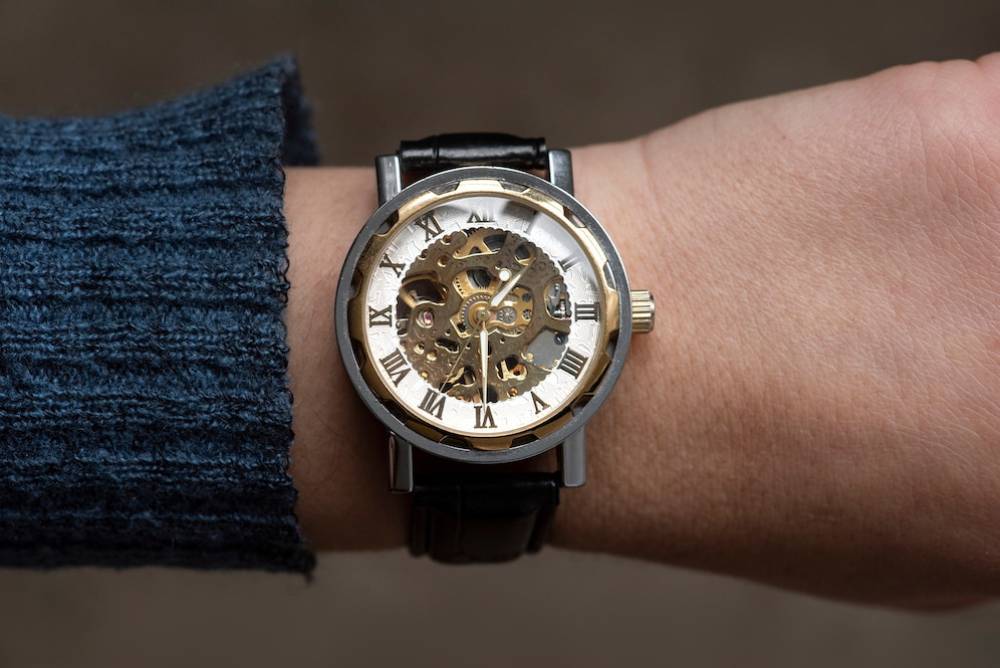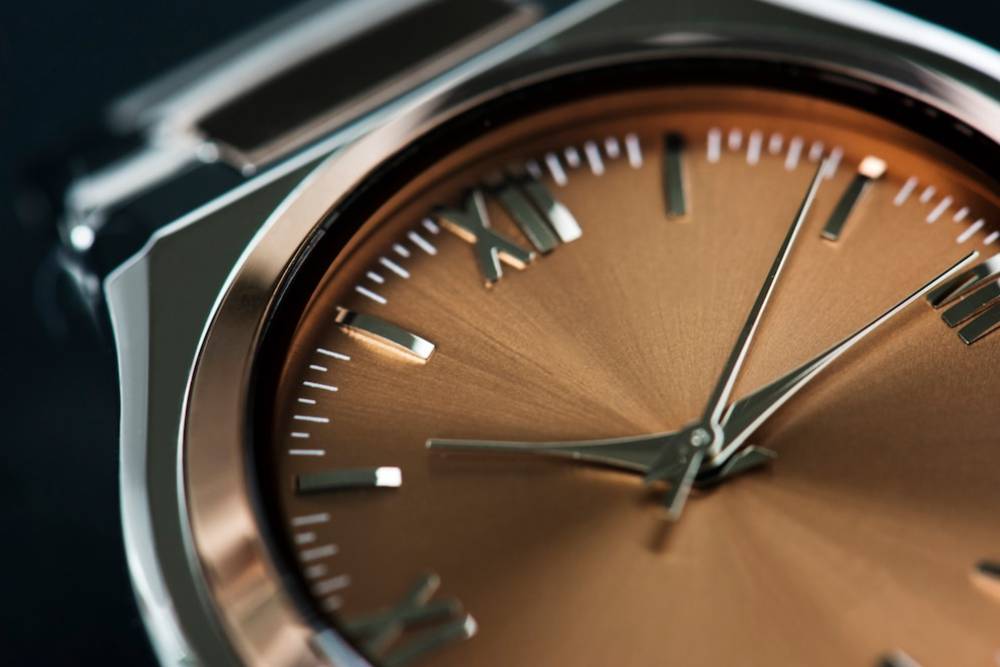
How to Spot a Fake Luxury Watch: A Buyer’s Guide
Luxury watches are not just timepieces—they are symbols of craftsmanship, status, and sophistication. Brands like Rolex, Omega, Patek Philippe, and Audemars Piguet represent the pinnacle of horology. However, their desirability makes them prime targets for counterfeiters. The fake watch market has become increasingly sophisticated, making it difficult for even seasoned collectors to tell the difference between an authentic and a fake timepiece.
In this guide, we’ll cover key tips and techniques to help you spot a fake luxury watch, including details on craftsmanship, materials, movement, and documentation.
Inspect the Weight and Build Quality
Genuine Luxury Watches Are Heavy

Authentic luxury watches are made from high-quality metals such as stainless steel, gold, or platinum. As a result, they feel noticeably heavier than their counterfeit counterparts, which often use lightweight and cheaper materials.
High-End Craftsmanship
Luxury brands invest heavily in precise engineering and superior craftsmanship. Counterfeits often have:
- Flimsy bracelets with uneven links.
- Poorly aligned clasps or wobbly crown stems.
- Loose or rattling parts.
Tip: Hold the watch in your hand. If it feels lightweight or flimsy, it is likely a fake.
Examine the Movement
Luxury Watches Have Smooth Movement
Authentic mechanical watches feature sweeping second-hands that glide smoothly across the dial. Fake watches often have a stuttering or jerky second-hand, indicating a lower-quality quartz movement.
Transparent Case Back
Some luxury brands, such as Omega or Hublot, feature a see-through case back to showcase their intricate movements. Counterfeits often replicate this feature but with poor-quality finishing.
Tip: Use a loupe or magnifying glass to inspect the movement details. A genuine luxury watch will have engraved or embossed logos and serial numbers, while fakes may use low-quality printing or etching.
Analyse the Logo and Font
Authentic Watches Have Perfectly Etched Logos
Luxury watchmakers are meticulous about their branding and logo placement. On a genuine watch:
- The logo is cleanly etched, not printed or glued on.
- The font and spacing are consistent and precise.
- The engraving on the case back is crisp and clear.
Font Discrepancies on Fake Watches
Counterfeit watches often feature:
- Blurry or inconsistent font sizes.
- Spelling errors or misaligned logos.
- Incorrect brand markings or missing model names.
Tip: Compare the watch to official images from the brand’s website to spot any inconsistencies.
Check the Cyclops Lens and Date Window
Genuine Rolex Date Magnification
Rolex watches with a Cyclops lens (over the date window) have a 2.5x magnification. Fake Rolexes often have a weaker or misaligned magnification, making the date appear smaller or distorted.
Date Alignment and Font
On authentic luxury watches:
- The date window is perfectly centred.
- The numerals are consistent and sharp.
- Fake watches often have misaligned or uneven date fonts.
Tip: Hold the watch at different angles. If the magnification is inconsistent or the date appears blurry, it may be a fake.
Inspect the Serial and Model Numbers
Authentic Watches Have Clear, Deep Engravings

Genuine luxury watches have deeply engraved serial and model numbers. These engravings are:
- Sharp and precise, not shallow or faded.
- Located on the case back or between the lugs.
Counterfeit Watches Have Low-Quality Engravings
Fake watches often feature:
- Shallow or poorly etched numbers.
- Incorrect or reused serial numbers.
- Missing reference numbers.
Tip: Use a jeweller’s loupe to examine the quality and depth of the engravings.
Verify the Dial and Hands
Authentic Watches Have Flawless Dials

Luxury watches have perfectly finished dials with clean lines and sharp edges. Look for:
- Consistent spacing between hour markers.
- Even and symmetrical lume application.
- Smooth and fluid hand movement.
Inconsistent Dials on Fakes
Counterfeit watches may have:
- Misaligned or uneven hour markers.
- Faded or poorly applied lume.
- Incorrect hand shape or size.
Tip: Compare the dial to official images from the brand’s website.
Listen to the Ticking Sound
Smooth Ticking on Genuine Watches
Authentic mechanical watches have a smooth, almost silent ticking sound, while quartz watches have a faint tick.
Loud and Irregular Ticking on Fakes
Fake luxury watches often:
- Use cheap quartz movements, resulting in a louder tick.
- Lack the smooth glide of a mechanical movement.
Tip: Place the watch near your ear. If you hear a loud or irregular ticking, it may be a fake.
Assess the Packaging and Documentation
Genuine Watches Come with High-Quality Packaging
Luxury watches come with premium packaging, including:
- Branded boxes with embossed logos.
- Authenticity cards with holograms or watermarks.
- A certificate of authenticity and warranty documentation.
Fake Packaging Is Often Low Quality
Counterfeit watches often have:
- Cheap or flimsy boxes.
- Fake warranty cards with poorly printed logos.
- Missing or incorrect serial numbers on the documentation.
Tip: Always verify the serial number on the warranty card with the brand’s official database.
Buy from Reputable Dealers and Retailers
Authorised Dealers
When purchasing a luxury watch, always buy from authorised dealers or reputable retailers. They provide:
- Authenticity guarantees.
- Original documentation and receipts.
- Brand warranty coverage.
Avoid Gray Market or Unverified Sellers
Buying from online marketplaces or unverified sellers increases the risk of purchasing a counterfeit watch.
Tip: Verify the dealer’s credentials and customer reviews before making a purchase.
Invest Smart: The Key to Buying Genuine Luxury Watches
Spotting a fake luxury watch requires a keen eye for detail and knowledge of the brand’s distinctive features. By examining the weight, movement, dial, logo, and documentation, you can significantly reduce the risk of falling for counterfeit products.
To ensure authenticity, always buy from authorised dealers or trusted sellers. If in doubt, seek a professional authentication service to verify your watch. Owning a genuine luxury timepiece is not only an investment in style but also a testament to timeless craftsmanship and heritage.


